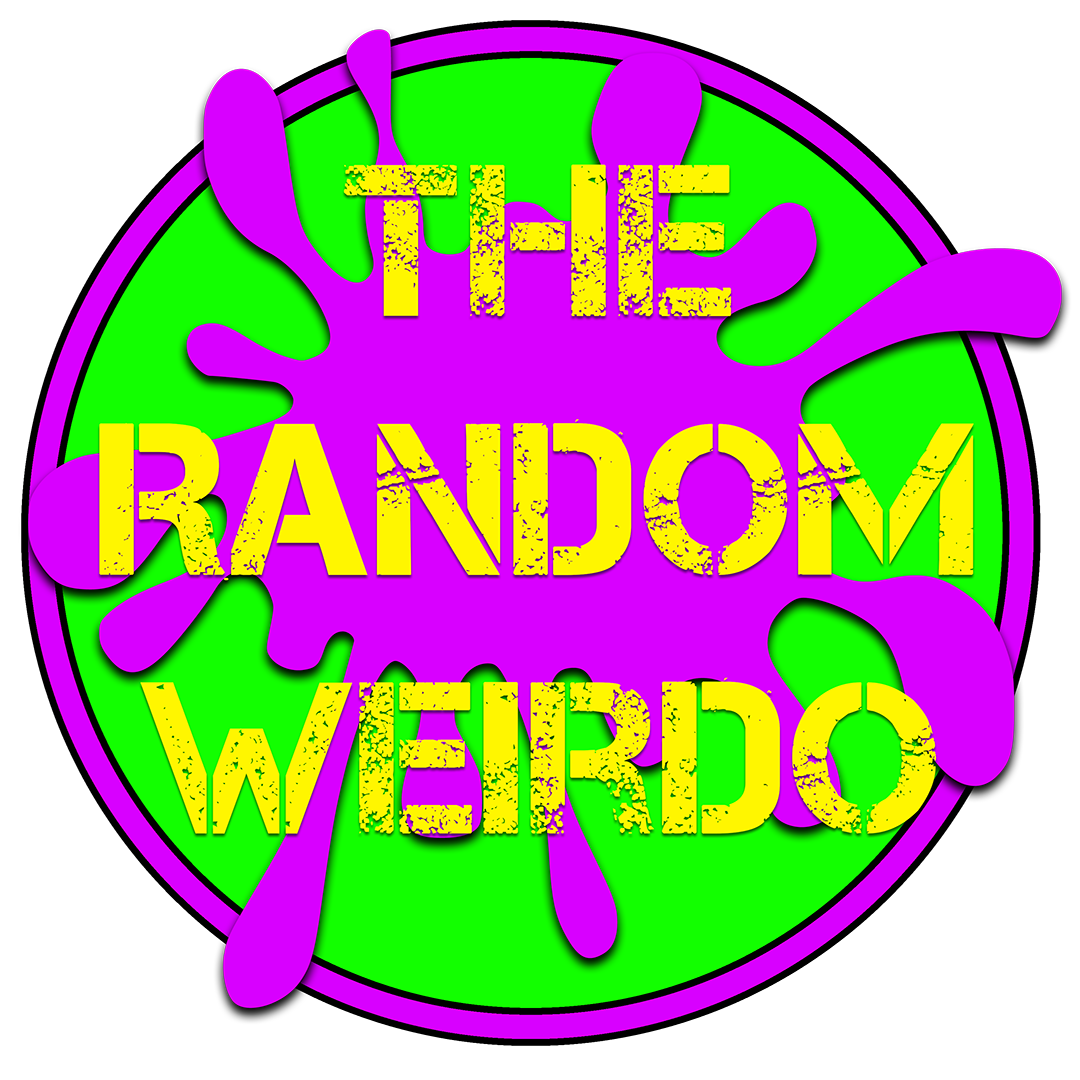Interesting Things About Blankets
- The Random Weirdo

- Jan 26, 2023
- 3 min read
They have ceremonial meaning and purpose. Kids carry them for security. We all use them on our beds and to keep warm. Today we will be discussing the simple yet interesting blanket.

The word is French.
The word “blanket” comes from the French word “blanc,” which means “white.” Blankets of a specific woolen weave were invented by a man named Thomas in 1339 and he changed his last name to “Blanket.” This is one of the only cases where an inventor changed his own name for his invention.
There is a term called “wet blanket.”
The dictionary definition is “one that quenches or dampens enthusiasm or pleasure.” In other words, a party pooper. The term may seem rather recent, but it was first used as early as 1884.
The incident of the infected blankets is a myth, sort of.
It’s said that white settlers gave smallpox infected blankets to the Native Americans and caused the disease to spread through the Native American tribes. There is only one proven incident of this sort that occurred during the French and Indian War. At the time there was a smallpox epidemic at Fort Pitt and there was an attempt to give blankets from the sick ward to the local enemy tribes. However, there is no clear evidence that this worked, as this particular epidemic was already brought to the fort by the local natives, so smallpox already existed among them. Also, the smallpox on the blankets was too old to infect anyone, anyway. So the myth remains.
Kids like security blankets.
Security blankets are used by children to expel anxiety and a lot of kids use them. Mine had such an unusual name that I couldn’t begin to spell it, though I don’t ever remember using it against anxiety. My blanket was more like an imaginary friend.
Project Linus is a charity organization involving blankets.
Founded in 1995, this group helps provide comfort for kids who are sick, traumatized, or otherwise in need. The volunteer organization provides handmade blankets to hospitals, shelters, and social service agencies, among other locations. There are chapters in all 50 states, and many are rather active. One chapter in central Illinois provides an average of 350 blankets per month.
The largest hand-knitted blanket in the world was 21,471.95 square feet.
Assembled by dozens of volunteers in Ireland, the blanket was so large that parts of it went up the walls of a large warehouse and hung from the ceiling. Thirty-two different countries donated to the cause. The blanket was measured by the Guinness World Records committee and then cut up into smaller pieces and donated to the Red Cross.
Weighted blankets have many benefits.
They help the body produce oxytocin, a hormone that helps people feel relaxed and calm. This provides the same benefits as a hug and can be an option for people who can’t tolerate hugs. Weighted blankets can help conditions such as autism, anxiety, ADHD, insomnia and restless leg syndrome, and fibromyalgia.
Native Americans have ceremonial blankets.
Sometimes referred to as Indian trade blankets, these ones were used to pay off debts, show status, or as a symbol of gratitude. They were traded among tribes for food and supplies. Ceremonial purposes included adornment, dances, and burial rituals.
Blanket is also a verb.
The verb has many meanings, too. It can mean to cover something, such as snow blanketing the landscape. It can mean to interrupt or suppress, such as blanketing a fire. It can mean to cause to apply uniformly, such as passing a blanket judgment on a group. It can also mean to cause to be included, such as towns being blanketed into a district.
There is a blanket exercise that teaches history.
In this case, the history of Canadian colonization where it relates to Native Americans. Created in 1996, it is an interactive teaching tool. Participants stand on blankets representing lands inhabited by native peoples. As the story is told, the blankets are folded smaller, representing loss of land to white settlers. People stop off blankets and they are taken away, representing loss, war, and extinction. At the end, only a few people are left standing on little squares, which dramatically demonstrates the severity of the loss. It is a dramatic demonstration.
My mother was at a political meeting at the Yakima Nation, where a drawing for prizes was held. She ended up winning a woven blanket that had been blessed in a ritual. It became her favorite blanket and, in her last years, she used it on her bed. Even after the dog chewed a few corners off the blanket, she continued to use it and loved it. Today she is gone, but I will always remember her when I look upon this blanket.
SOURCES
The Natural Sleep Store- www.thenaturalsleepstore.com
Merriam-Webster- www.merriam-webster.com
History Channel- www.history.com
Project Linus- www.projectlinus.org
UPI- www.upi.com
Bed Planet- www.bedplanet.com
Collector’s Guide- www.collectorsguide.com



Comments